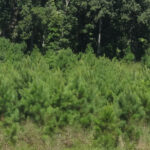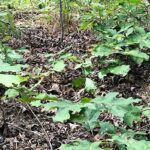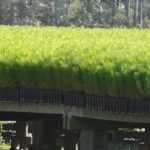Regeneration
Part of managing your forest sustainably involves ensuring that there will be another generation of trees. A general rule is to restock harvested sites within five years of a harvest—and sometimes sooner if required by local regulations.
ATFS Standard 3: Reforestation and Afforestation
Landowner completes timely restocking of desired species of trees on a regeneration harvest site and nonstocked areas where tree growing is consistent with land use practices and the landowner’s objectives.
 |
GENERAL INFORMATIONForest regeneration is the process by which new tree seedlings become established after forest trees have been harvested, have died from fire, insects or disease, or when land is being moved out of agriculture or another use. Regeneration is key to sustainable forestry and can be accomplished through natural or artificial regeneration. |
 |
NATURAL REGENERATIONNatural regeneration occurs when a young forest is established from seed, sprouts or root suckers of trees present or previously present on the land. Naturally-regenerated forests may produce income less frequently and are often less intensively managed. Natural forests have different types and ages of trees and may be primarily managed for wildlife, aesthetics or non-timber benefits. |
 |
PLANTINGArtificial regeneration is more commonly called tree planting. In general, planted forests are more intensively managed, growing more timber per acre, and provide for higher incomes on a more regular basis than a forest that regenerates naturally. Planted forests are usually planted in rows and harvested sooner than natural stands. |
